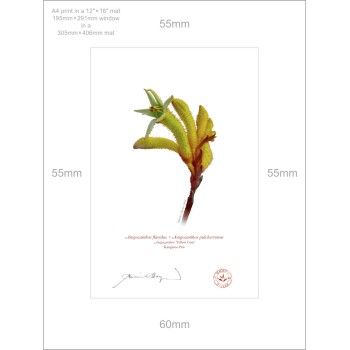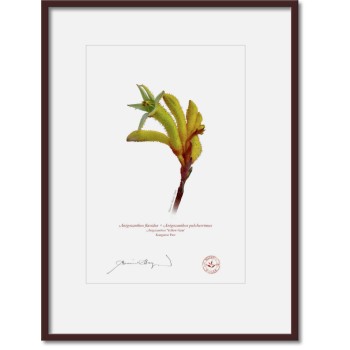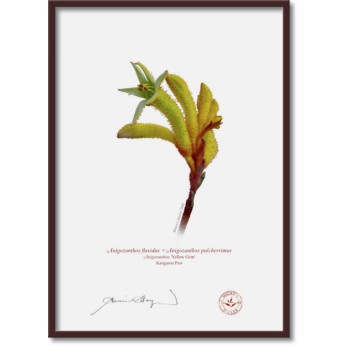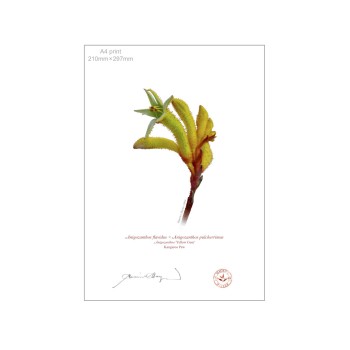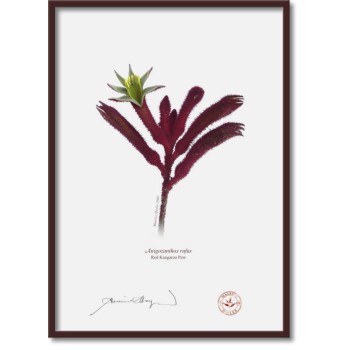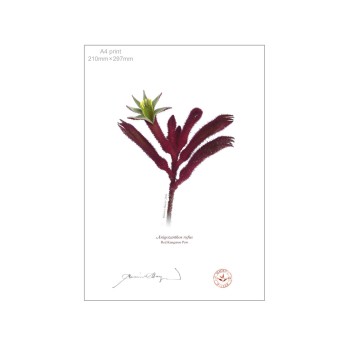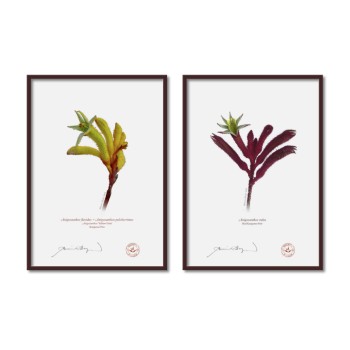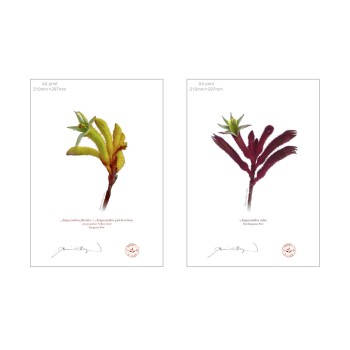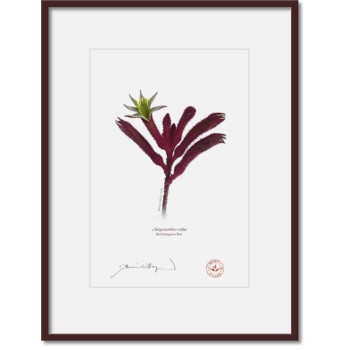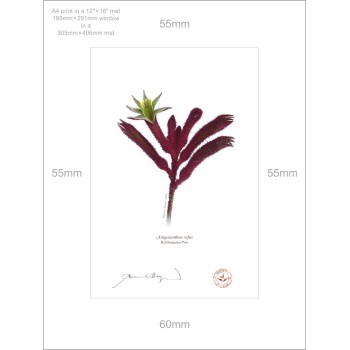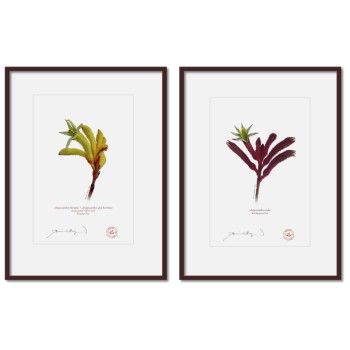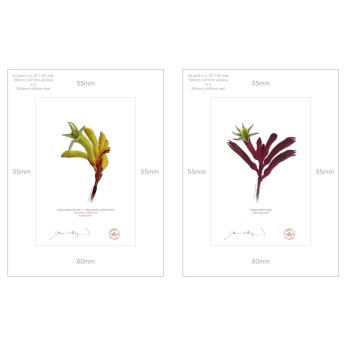Australian Botanical prints by artist Maurice Hayler, designed to endure.
Each print carries the artist’s signature and is stamp-embossed for authentication.
Our art is printed with care on Hahnemühle fine art archival paper with archival Epson UltraChrome pigment inks, good for at least 75 years. View all print and mat sizes here.
Please Note: that all orders typically leave within one to two business days.
We can (and do) process urgent and express orders on request.
Availability: In Stock
Ex Tax: $63.64
Please note that frames are not included and those shown in images are for display purposes only.
We do offer custom framing should this interest you.
All available print and mat sizes are covered in detail here, but to summarise:
Flat prints are printed sheets, trimmed to size, with no mat or backing supplied.
We offer the following sizes:
5″ × 7″ (127mm × 178mm)
8″ × 10″ (203mm × 254mm)
A4 (203mm × 297mm)
Our matted prints are the same printed sheets, but placed in archival (acid-free) mat and backing ready to frame.
(You can read more about our acid-free materials here.)
These come in the following sizes:
5″ × 7″ in a white 8″ × 10″ mat (outer dimensions are 203mm × 254mm)
8″ × 10″ in a white 12″ × 14″ mat (outer dimensions are 305mm × 356mm) (please note this is a non-standard size: read more here)
A4 in a white 12″ × 16″ mat (outer dimensions are 305mm × 406mm)
More detailed information about all print and mat sizes is here.
Botanical Information:
Family: Haemodoraceae>Genus: Anigozanthos
Hybrid: Anigozanthos flavidus × Anigozanthos pulcherrimus
Meaning of name:
The genus Anigozanthos was first named by the French botanist Jacques Labillardière in his book Relation du Voyage à la Recherche de la Pérouse (Voyage in search of La Pérouse), published in 1800 following a trip to southwestern Australia in 1792. Unfortunately he didn’t record why he chose this name, but there are two theories as to its origin:
Anigozanthos is from Greek: either anisos, unequal + anthos, flower, or anoigo, to open + anthos, flower. The first would be a reference to the floral extremities dividing into six unequal parts, while the second would be a reference to the habit of the flower to open widely, flaring almost to the blossom’s base
flavidus is from Latin: yellow. The flower colour
pulcherrimus is from Latin: pulcher, handsome + the superlative form. Very handsome
‘Yellow Gem’ is a hybrid combining the hardy qualities of Anigozanthos flavidus with the vivid yellow of Anigozanthos pulcherrimus (Golden Kangaroo Paw). The flowers are 40mm (1.6 inches) long and appear in clusters atop 1.5m (5 feet) high stems. Flowering is from late spring to mid summer.
This print features in the Kangaroo Paw (Anigozanthos) diptych collection.



